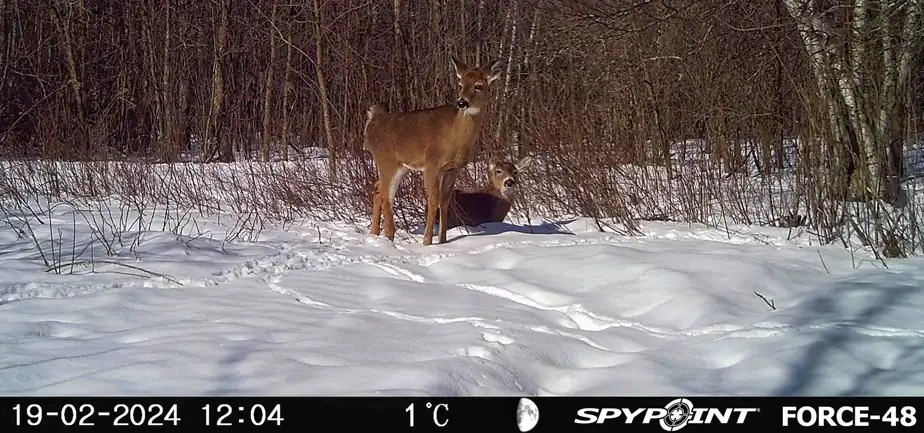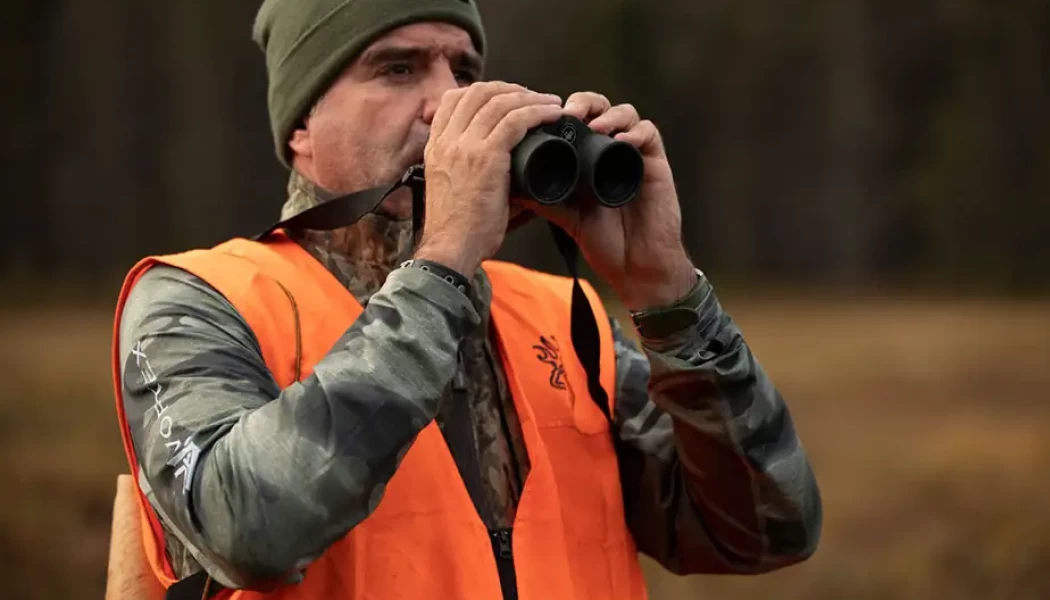
Originally published in La Presse on May 20, 2024.
Perfectly silent, motionless, odorless, and infinitely patient, a trail camera makes for a perfect spy in the heart of the animal kingdom. "It's an exceptional tool for understanding the synergy between wildlife and its habitat," says guide, columnist, and lecturer Michel Therrien. Here are his tips for choosing the most suitable equipment — such as the globally-recognized products from Quebec-based company SPYPOINT — and, more importantly, how to use them effectively.
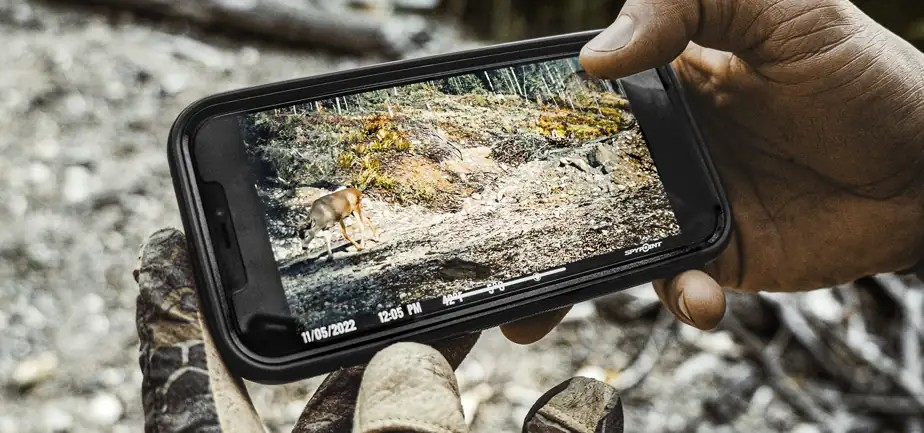
Usage Tips
Understanding the habits of game
Bait sites, rutting male markings, water sources, or cool spots: certain places are particularly suitable for installing a trail camera. The resulting images are very useful for identifying animal habits and their exact paths.
"We look for correlations based on the time of day and temperature to understand the animal's behavior and use it strategically."
- Michel Therrien, guide, columnist, and lecturer
For example, a moose might frequent a pond during warm autumn days when the temperature exceeds 16°C. Cameras and some clever deductions allow scouting the ideal ambush spot.
Choosing and Knowing Your Target
The valuable information from a trail camera even enables selective hunting. By knowing exactly how many bears inhabit a given area, hunters can focus on the largest specimen—the one that will yield the most meat and might be threatening immature animals, for instance. "We're no longer hunting just any bear, but rather a specific bear," explains Michel Therrien.

(Photo credit: La Presse)
Caution and Preparation
Becoming familiar with the appearance of your target, including scars and distinctive traits, reduces the risk of what's known as buck fever. This sudden adrenaline rush crisis occurs at the worst possible moment—just before pulling the trigger.
"Having already seen the animal in a photo helps mentally prepare and better manage nervousness when taking the shot."
- Michel Therrien, guide, columnist, and lecturer
Observation and Wildlife Conservation
Trail cameras offer many other potential uses beyond hunting. Outfitters and land managers use them to identify wildlife corridors and count populations, ensuring sustainable commercial activities. Quebec's ministère de l’Environnement, de la Lutte contre les changements climatiques, de la Faune et des Parcs du Québec (Ministry of Environment, Fight Against Climate Change, Wildlife, and Parks) uses them to monitor invasive species.
Photography enthusiasts also benefit from the exceptional quality of some trail cameras to capture unpredictable moments, such as a majestic moose venturing onto a beach at dusk or a she-wolf and her cubs emerging from their den.

(Photo credit: La Presse)
Buying Tips
Cellular Trail Camera or Not?
Access to cellular networks allows you to know, right on your smartphone, when all the apples at your bait site have been eaten and when a replenishment trip is needed. Wherever the cellular network is accessible, the new FLEX-M trail camera can transmit photos and videos of incredible quality. Its affordability and ease of use make it an excellent choice for your first purchase.
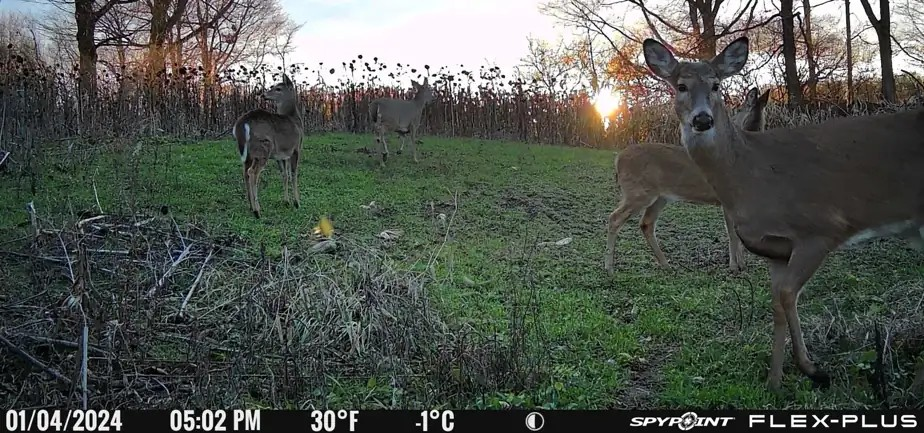
Where is the Hunting Zone?
Opting for a trail camera with great autonomy prevents you from having to regularly visit a remote or hard-to-access site. Generally, it's also a good idea to minimize human presence to avoid scaring animals.
Ideal for remote areas, the FLEX-PLUS model has doubled battery capacity, minimizing onsite trips and saving on battery costs.
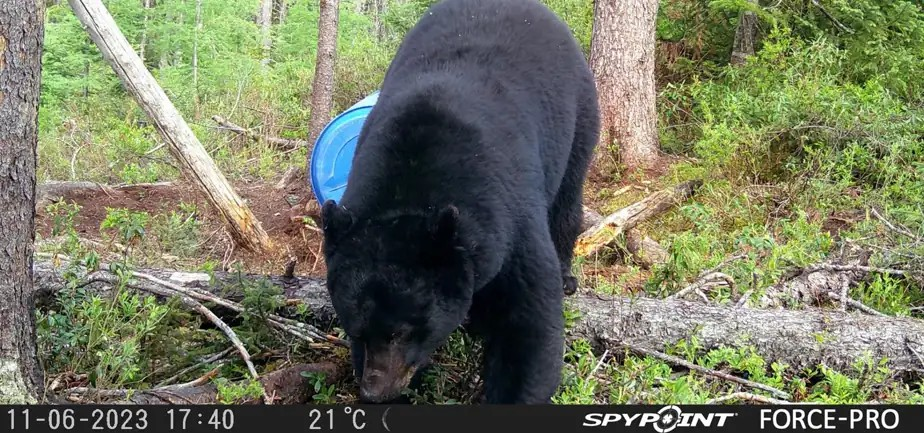
As long as the locations are sufficiently clear and bright, the FORCE-PRO-S 2.0 camera is equipped with a solar panel that can power it for several months. It's easy to install in areas without cellular coverage, as its photos and videos are stored on an SD card.

What Image Quality is Desired?
Greater precision and clarity sometimes reveal that a specimen is troubled by an old injury or has the temperament of a herd leader, or they immortalize a beautiful moment of nature as a true work of art.
The FORCE-48 model produces high-resolution images of 48 megapixels up to a distance of over 24 meters (79 feet). Affordable pricing and SD card storage make it suitable for installing several of these cameras in different locations—even where cellular networks are inaccessible—to better understand game habits.
